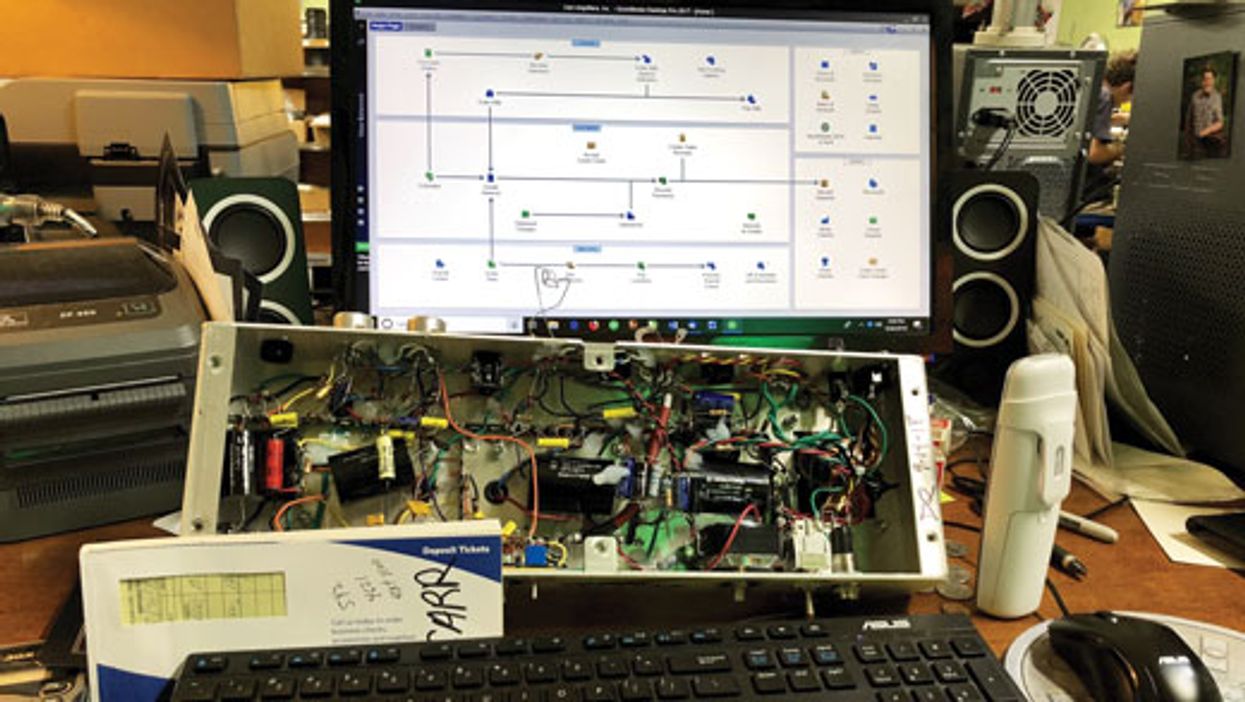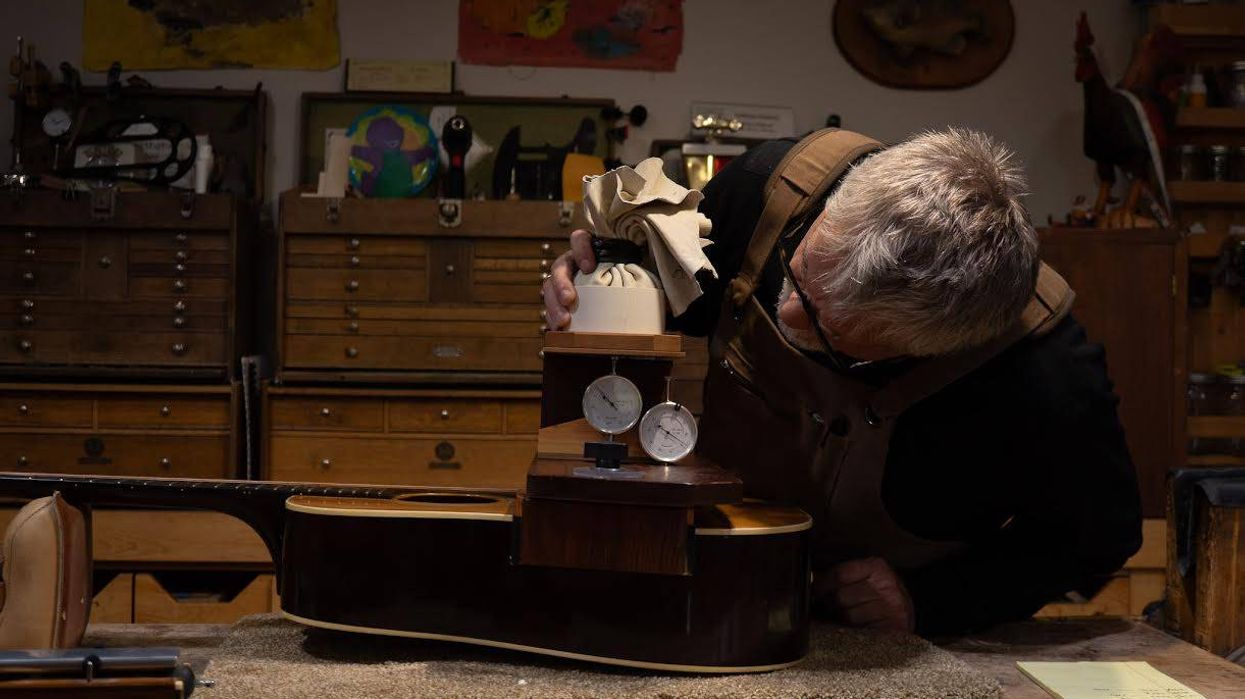As a guitar amp designer and amp company owner, I'm living the dream. I'm surrounded by guitars, amps, and musicians, and doing what I like to do. But there are other things I never dreamed of that take up most of my days and, sadly, have nothing to do with guitars or vacuum tubes. Not even swanky resistors or handmade capacitors.
I'm referring to being a small business owner, and the ocean of clerical work even a dream job brings. Please don't get me wrong. I'm not complaining. But some might be surprised to find that it's desperately hard to find time to actually do the thing that brought me into the business in the first place!
An example: I have six or so 12" speakers that were kindly sent to me by a company to see if we may want to use them in our amps. Trying out speakers is great fun, but months might pass before I get the time to review them.
These days, there are many companies making guitars, pedals, and amps that are one-person shows. That is a good spot to be in. This is the brief period when you are closest to being a mad professor alone in the lab at night. The day you hire your first employee, or sign that commercial lease, some innocence quits the band. I may have jumped into the employer role early due to a tip from a friend back in 1999 telling me about a guy named Boris Steel who made guitar pedals and was looking for work wiring amps. Boris Steel! That is the most rocking name ever. I had to hire him. I paid him for two months with checks written to Boris Steel before finding out his first name wasn't Boris—his name is Forrest Steel. I'd heard it wrong, and he was too polite to point it out. We built amps together over 10 years anyway.
I've been extremely fortunate employing fine people who truly care and, at times, push me to a higher standard. They participate in the dream and believe in the goal of all of us small makers: quality and extreme sonic bliss—even if we all perceive it differently.
So, back to a typical day in amp-land. I usually start with email. This can take a couple hours. Then I move on to amp testing. When a chassis is complete, a test person goes through all the solder joints, checks the component values, inspects all hardware for tightness, puts on the knobs, and glues down some parts. Then each amp is slowly powered up, noting voltages and making sure there is no smoke or arcing. Sometimes a lead may be in the wrong spot by a little bit … brzzzrzz. Aha! Found it. Then the amp is tubed up, signal applied, and functions checked with an oscilloscope. Voltages are measured again, and then it's played through.
This is fun. And some days you end up playing a little longer than necessary. After test one is complete, we put the amp on the burn-in table, leaving it on for 16 hours or so. This helps the components settle and shakes down any parts or tubes that will fail prematurely. Now, getting to my part: I am the second tester, so after my email reverie, I take the amps off burn-in and repeat all the above tests before finally playing through them again. I suspect most amp companies have their own version of this process. It's how to earn the Good Housekeeping seal for happy electronics.
A tremendous guitarist who used to do our final playing test possessed an odd sense of musical humor. While checking amps he would weave old TV theme songs in with classic rock tunes. It was entertaining to hear the Gilligan's Island theme morph into AC/DC, and then the Beverly Hillbillies theme with Zeppelin. That is living the dream!
After testing amps, I might check inventory and then order parts or do a bit of light management—seeing how each employee is faring. There are always bills to pay, invoices to create, and shipping to process. More email, payroll, taxes … and staring at that spot on the wall I like while wondering what the next amp should be. Often, I come back at night or on weekends, as those are the times the shop is quiet and I can putter without the heat of leadership. (Kidding a bit there.)
And speaking of email, if you have any questions or topics you want explored, please write to me via info@premierguitar.com, and I'll do my best to discuss them in future columns.













